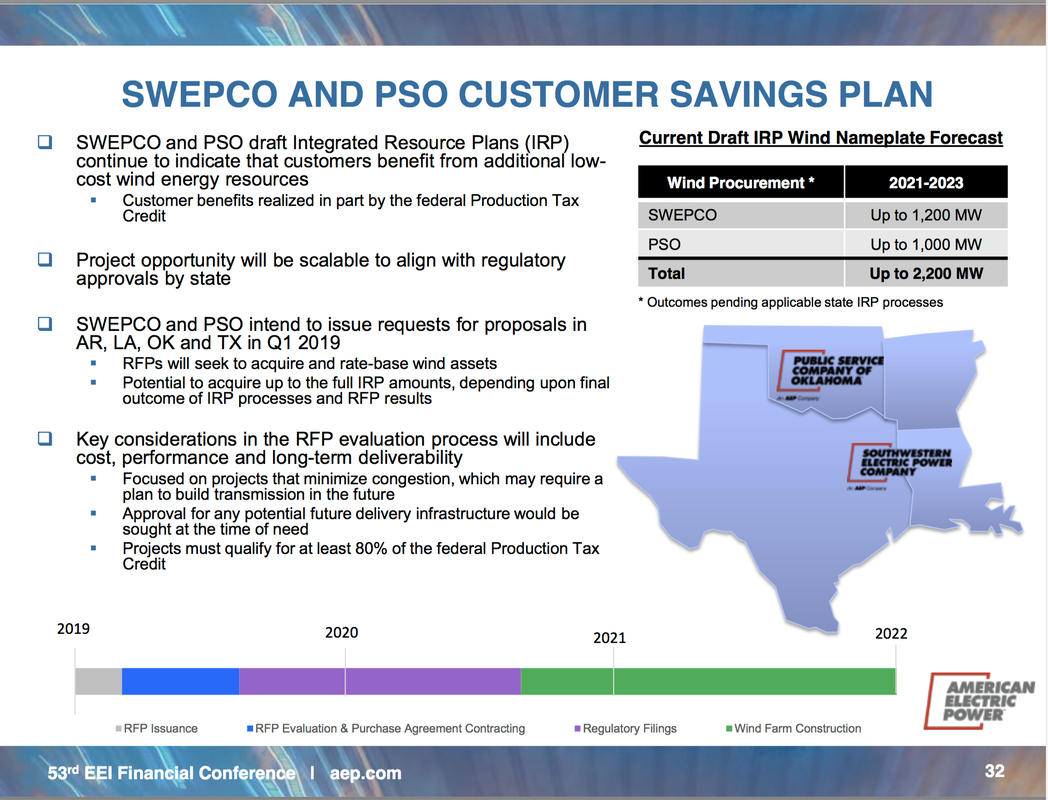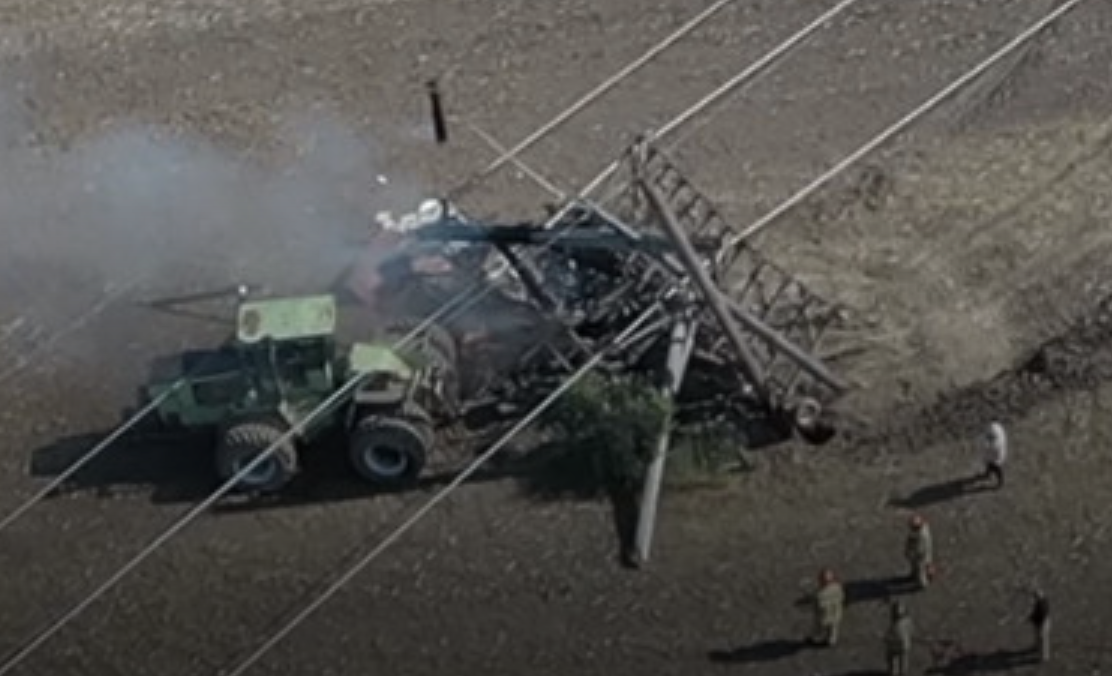One of the fixes Congress designed to prevent this happening again was what became codified as Section 219 of the EPAct. Sec. 219 tasked the Federal Energy Regulatory Commission with devising a rule to create financial incentives for transmission development. FERC did so, and began awarding financial incentives to new transmission projects. This increased utility willingness to build transmission by making such investment financially lucrative. Of course, the cost of these incentives got tacked onto electric bills of consumers. FERC wasn't handing out taxpayer money, FERC was handing out YOUR money.
In 2011, FERC issued a Notice of Inquiry to review its transmission incentives policy. Hundreds of comments were filed by utilities, trade organizations, regulators, investors, environmental groups, and others, including a small group of organizations opposed to the PATH transmission project. What came out of that review was a new policy statement from FERC in 2012 that maybe slowed things down a little, but not enough. As time passes, this train speeds up when nobody is paying attention.
In March of this year, FERC issued another inquiry to review its transmission incentives policy. Initial comments are due today.
This time, an even bigger group of consumer organizations (18 signatories from 14 different states) filed initial comments on FERC's inquiry.
You may read the comments here.
Consumer organizations use Sec. 219 as their touchstone in the comments. If an idea for an incentive is not in the statute, out it goes. Some of the ideas proposed by FERC are new incentives for big, new, interregional transmission projects, incentives for big, new, transmission that "unlocks constrained resources", incentives for public utilities that participate in non-public utility transmission projects, automatic award of incentives without regulatory review, and other bad ideas that will cost consumers a lot of money with little reward. FERC will also be looking at changing its current policy restricting incentives to new transmission to make incentives available for the upgrade of existing transmission. Some good ideas may come out of this review yet.
In addition, the Consumer Organizations review FERC's current buffet of incentives and make recommendations for beneficial change.
The consumer organizations also let FERC know what it's really like to have new transmission and energy projects imposed on communities. It's a view they can't see from their DC office building. We've all been through the trenches of battling unneeded transmission. Some of the organizations have been successful, and projects have been withdrawn, cancelled, or altered. Some are still fighting. When we come together to speak with a common voice we leverage our successes and prepare for the battles ahead. While many voices will be heard at FERC, ours will be the only one from actual consumers who pay for transmission incentives. Without our participation, it's just a bunch of self-interested entities claiming they speak for us. Now they don't have to (and if they do, nobody will believe them). Without our voice, FERC is likely to expand its incentives in order to encourage even more transmission!
Why does this matter? Because what FERC does after reviewing comments can either encourage more unneeded transmission for profit purposes, or put the brakes on bad policy that gives away our money in exchange for transmission ideas of little value to consumers. FERC has jurisdiction over interstate transmission planning and rates. It does not have jurisdiction over transmission siting and permitting. Only states have that authority. So while FERC may make transmission highly profitable with incentives, it lacks the jurisdiction to get it built. FERC can only spend our money, not permit or site new projects. Giving away our money is not a substitute for the jurisdiction FERC lacks.
And just like last time, everybody who stands to profit from transmission incentives has an opinion that protects or furthers their own financial interests. You can read other comments on the docket here. Enter PL19-3 in the Docket Number field, and then click "submit" at the bottom. This will bring up a long list of all comments filed. Click on any one of them to read it. And while you're reading, here's a little mood music...




 RSS Feed
RSS Feed